Christine Lagarde, President of ECB, acknowledged the persistence of robust price pressures in her recent speech. She pointed out that both headline and core inflation continue to face “upside pressures… from the pass-through of past energy cost increases and supply bottlenecks.”
Speaking on the current state of underlying inflation, Lagarde said, “The latest available data suggest that indicators of underlying inflationary pressures remain high and, although some are showing signs of moderation, there is no clear evidence that underlying inflation has peaked.”
Lagarde also highlighted the intensifying wage pressures, noting that “wage pressures have strengthened further as employees recoup some of the purchasing power they have lost as a result of high inflation.”
Lagarde also drew attention to the forceful impact of the central bank’s rate hikes on financial conditions. “Our rate hikes are being transmitted forcefully to financing conditions for firms and households, as can be seen in rising lending rates and falling lending volumes,” she stated.
Notably, she mentioned that “the full effects of our monetary policy measures are starting to materialise,” adding that future ECB decisions are geared towards ensuring a “timely return of inflation to our 2% medium-term target.” She asserted, “Our future decisions will ensure that the policy rates will be brought to levels sufficiently restrictive… and will be kept at those levels for as long as necessary.”




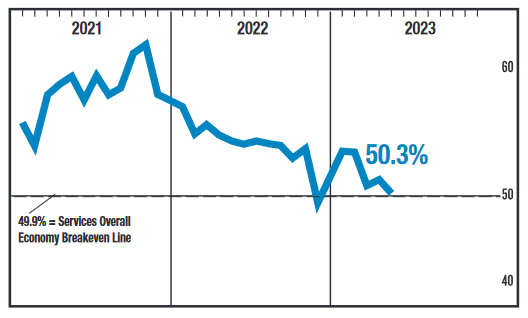
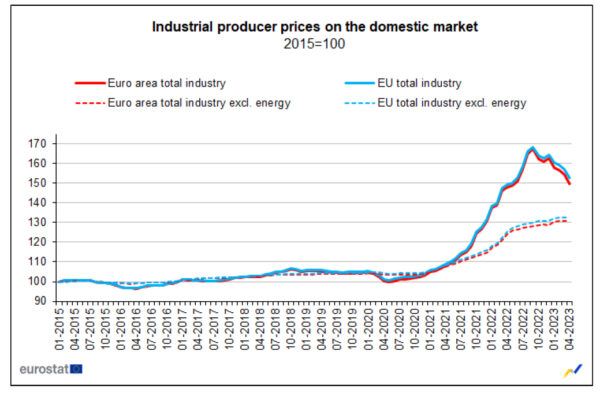
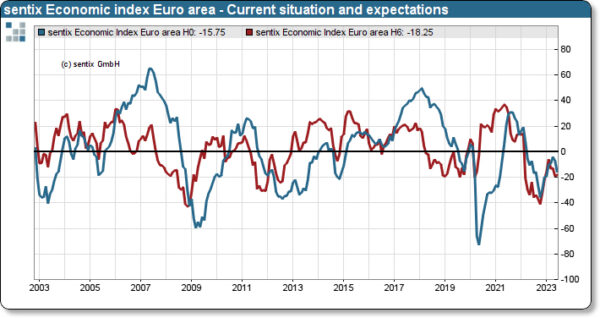
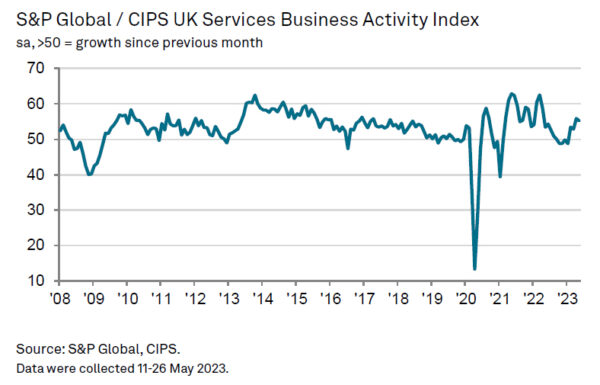
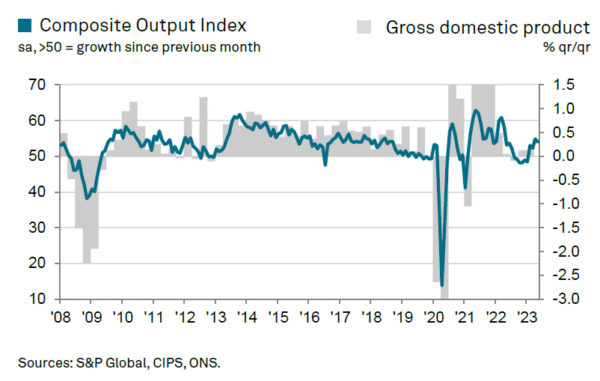
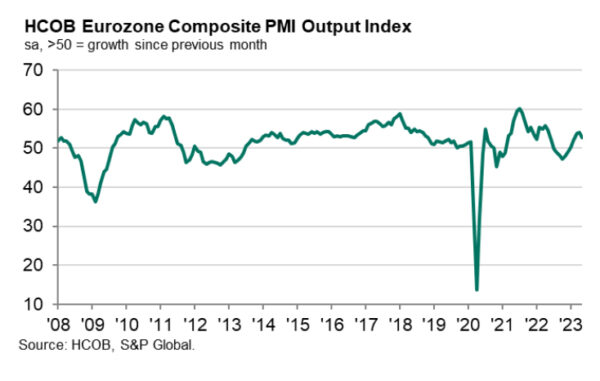
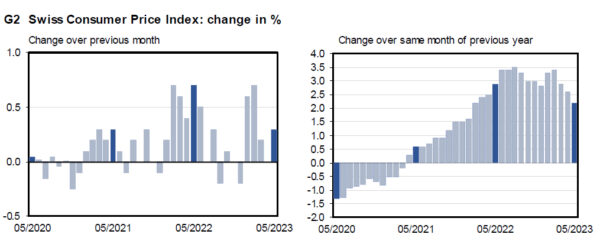
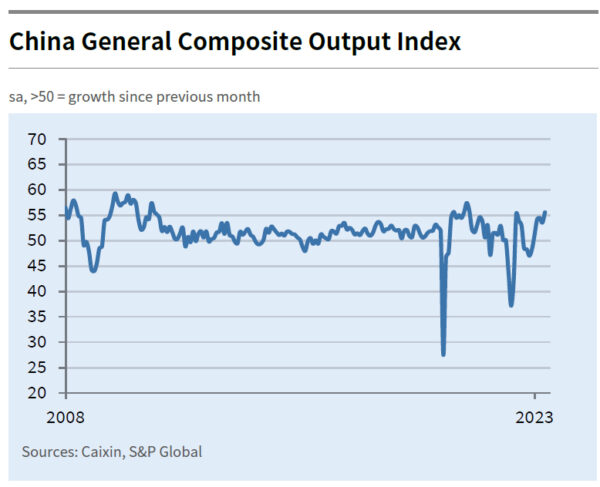
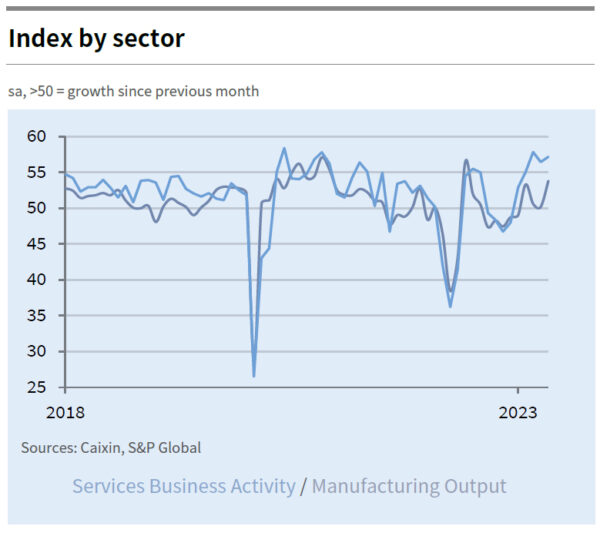
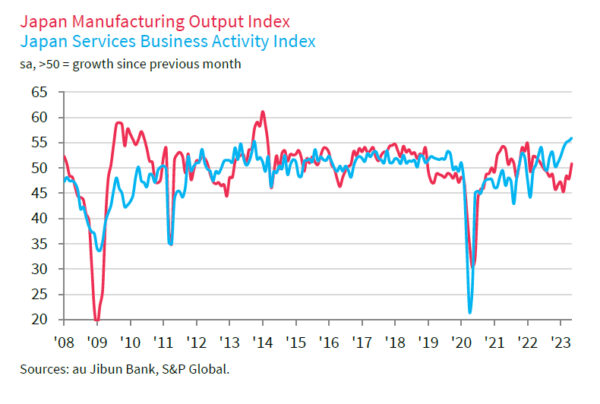
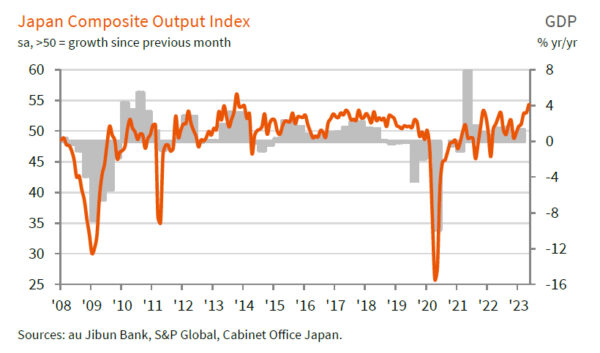
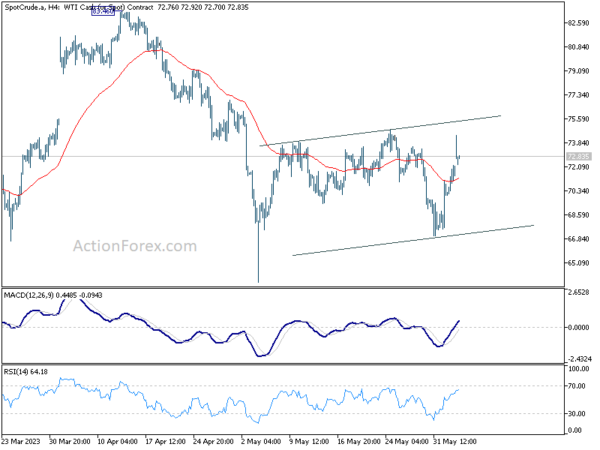
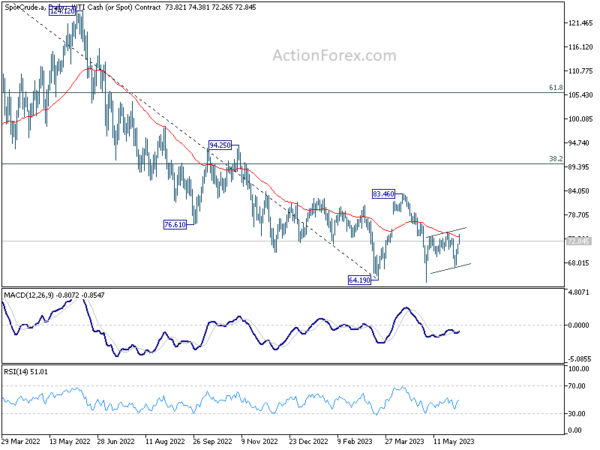
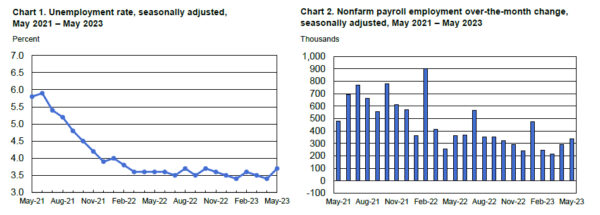
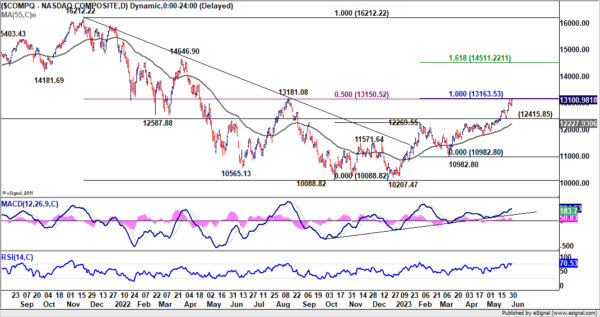
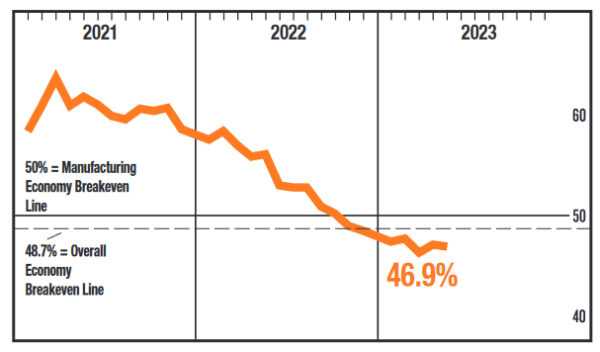
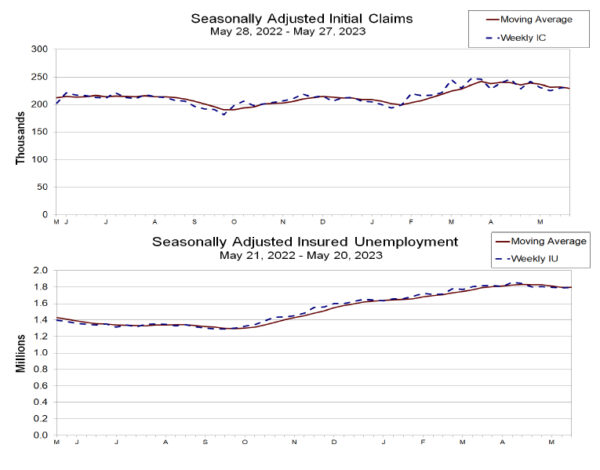
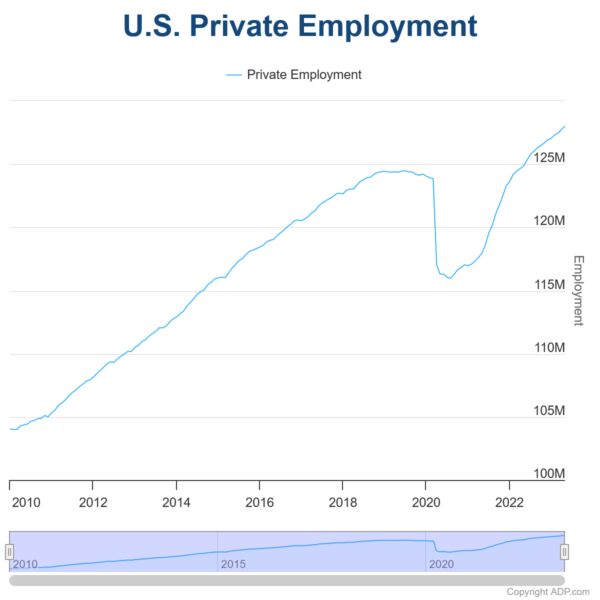
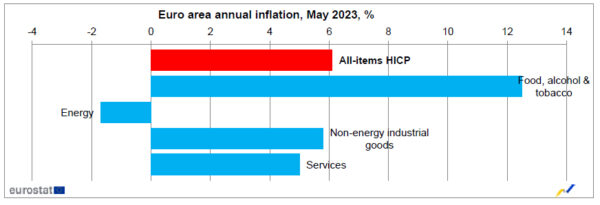

RBA surprises with 25bps hike, to give itself greater confidence
RBA surprises the market by raising the cash rate target rate, by 25bps to 4.10. Tightening bias is maintained as “Some further tightening of monetary policy may be required to ensure that inflation returns to target in a reasonable timeframe”.
The central bank noted that while inflation is “still too high” even though it has “passed its peak.” Also, it will be “some time yet” before inflation falls back to target range. It explained, “this further increase in interest rates is to provide greater confidence that inflation will return to target within a reasonable timeframe”.
Growth “has slowed” and labor market conditions “remain very tight” even though eased. Wages growth “has picked up” but is “still consistent with the inflation target”. The path to soft landing “remains a narrow one” and a “significant source” of uncertainty continues to be household consumption.
Full RBA statement here.